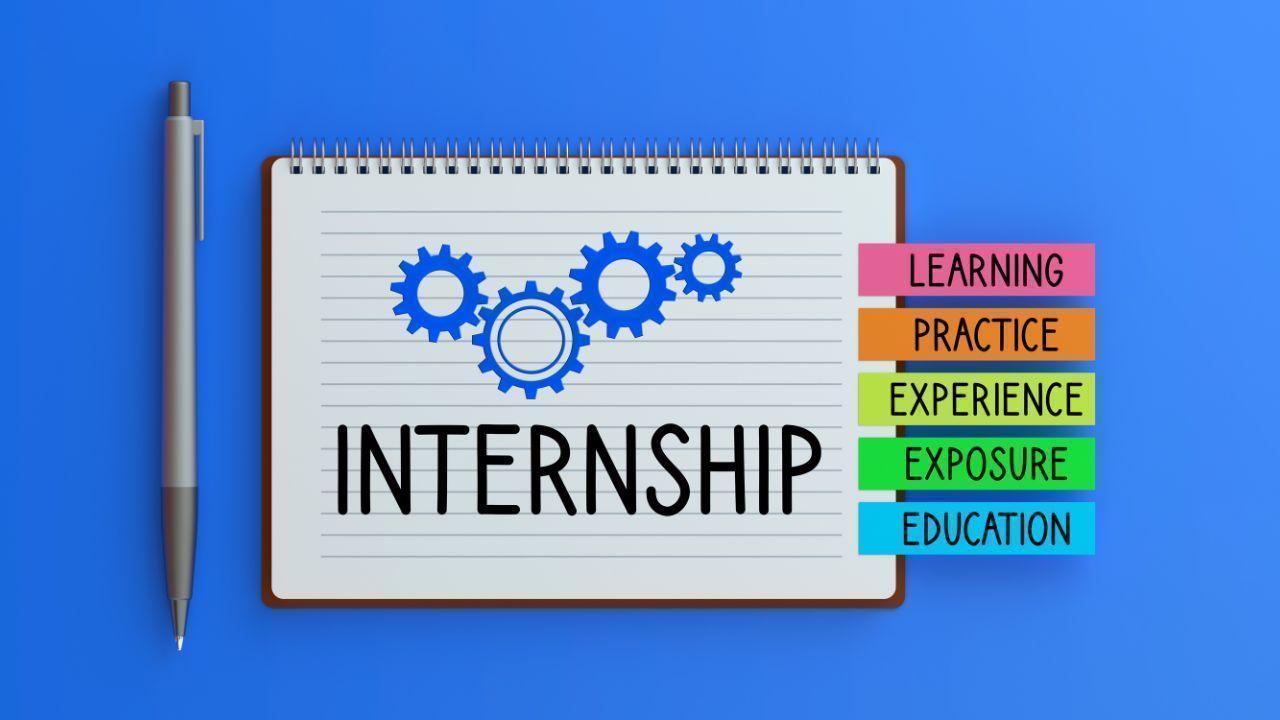

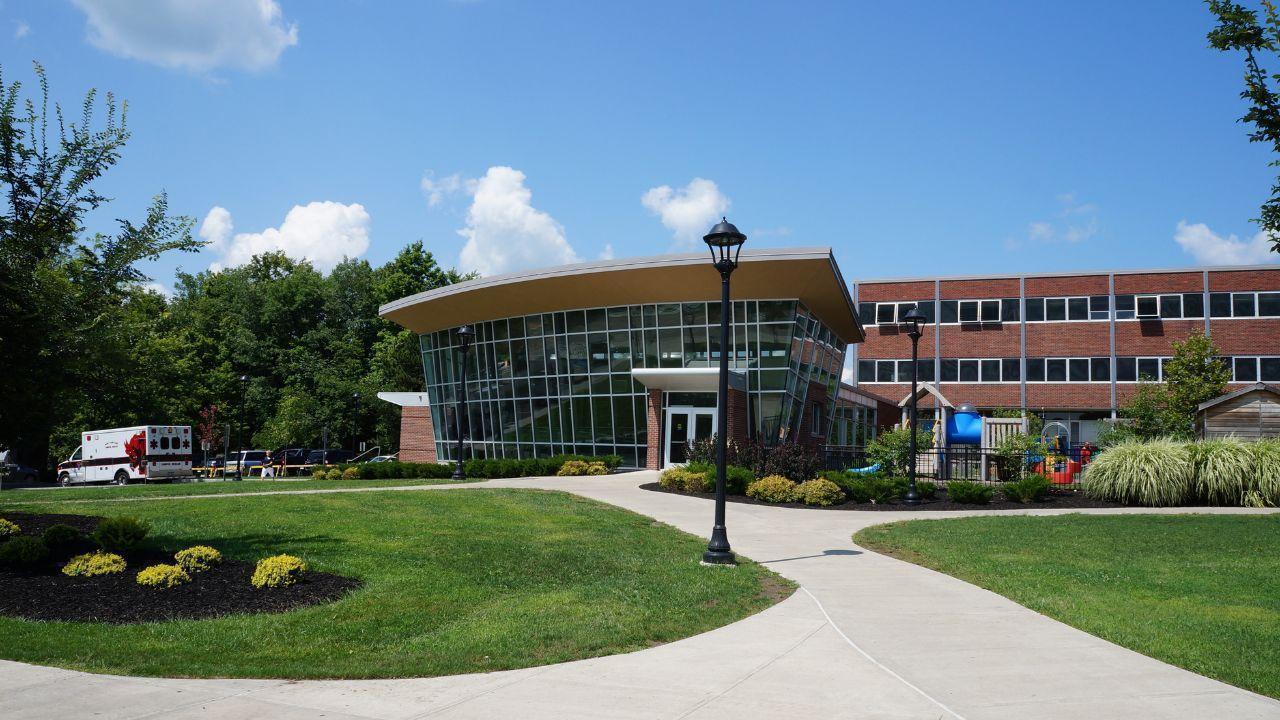
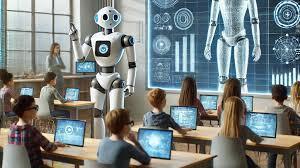
The way we teach and learn has come a long way. From the days of chalkboards and printed textbooks to today’s digital classrooms powered by artificial intelligence, learning technology has evolved dramatically. This transformation hasn't just changed the tools we use — it’s reshaped the entire educational experience.
Let’s take a journey through time and explore how learning technology has evolved — and where it’s heading next.
For much of the 20th century, education relied on face-to-face teaching, physical textbooks, and chalkboards. Teachers were the main source of knowledge, and learning was often one-size-fits-all.
Pros: Personal interaction, strong teacher-student relationships, structured environment.
Limitations: Limited resources, little personalization, slow feedback loop.
In the 1980s and 1990s, computers began entering classrooms. By the 2000s, the internet changed everything.
Key Innovations:
Computer labs in schools
Educational software (e.g. CD-ROMs, typing programs)
Online research and digital libraries
Learning Management Systems (LMS) like Moodle or Blackboard
This era introduced digital literacy, allowing students to learn beyond the textbook and teachers to manage resources more efficiently.
With the rise of smartphones, tablets, and faster internet in the 2010s, learning became more flexible and portable.
Features:
E-learning platforms (Khan Academy, Coursera, etc.)
Virtual classrooms and video lessons
Mobile apps for on-the-go learning
BYOD (Bring Your Own Device) policies in schools
This marked a shift toward student-centered learning, where students had more control over when, where, and how they learn.
Today, Artificial Intelligence (AI) and machine learning are leading the next wave of transformation in education.
What’s Changing Now:
AI Tutors: Platforms like Duolingo or ScribeSense use AI to personalize learning paths.
Chatbots: Offer instant support, answer FAQs, and even tutor students.
Smart Grading: Automated systems can evaluate essays and quizzes.
Predictive Analytics: Identify students at risk and suggest interventions.
Virtual Reality (VR) and Augmented Reality (AR): Create immersive, hands-on learning experiences.
Education is becoming more data-driven, interactive, and customized than ever before.
Looking ahead, we can expect:
Lifelong learning platforms that adapt as your skills grow
AI companions that support students throughout their academic journey
Immersive simulations for real-world training in fields like medicine or engineering
Global learning communities connected through the metaverse or shared virtual spaces
Technology will likely continue to empower teachers, enhance student engagement, and bridge educational gaps — as long as equity and ethics are prioritized.
From chalkboards to chatbots, the evolution of learning technology reflects our growing understanding of how people learn best. While tools have changed, the goal remains the same: to help learners reach their full potential.
The future of education isn’t just high-tech — it’s high-touch, blending innovation with human connection.
#trending #latest

University Internships That Help You Get a Job After Graduation... Read More.

Is It Smarter to Start at a Community College... Read More.
 Fake posts hit Czech PM Fiala's X
Fake posts hit Czech PM Fiala's X
Fake posts disrupt Czech PM Fiala's X account security
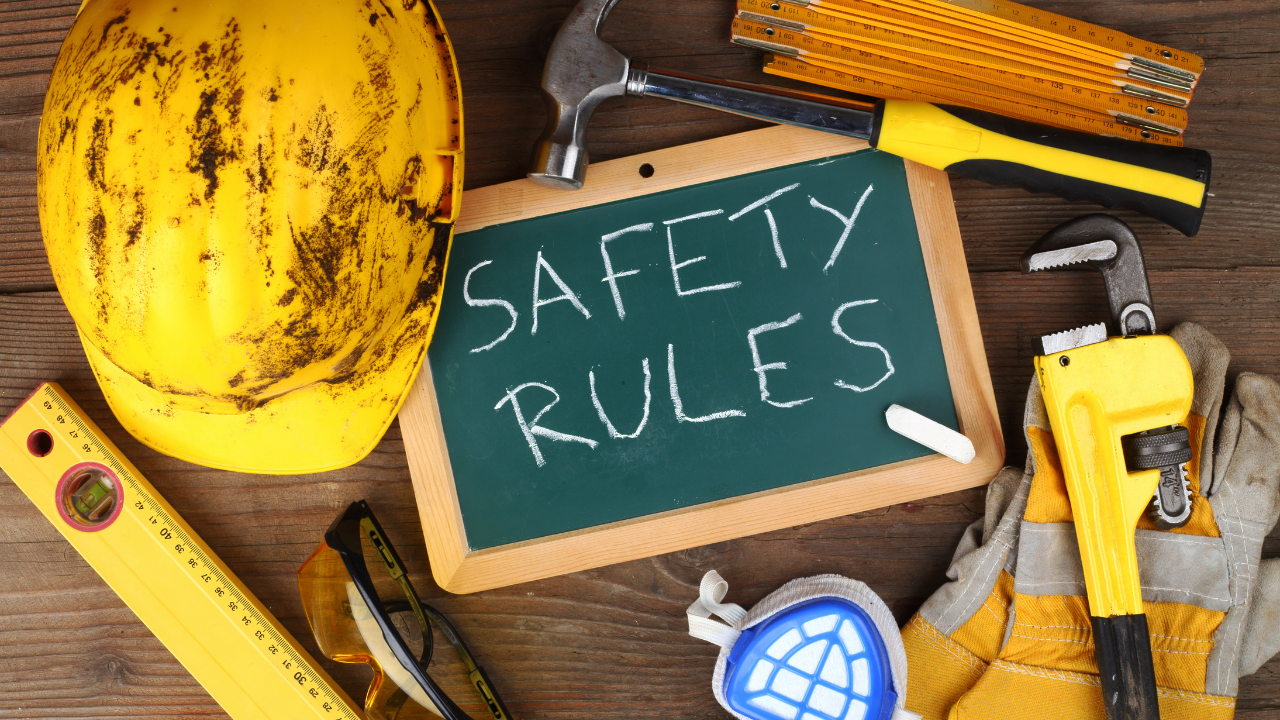 Switzerland Tightens Export Rules
Switzerland Tightens Export Rules
Switzerland expands export controls on dual-use goods
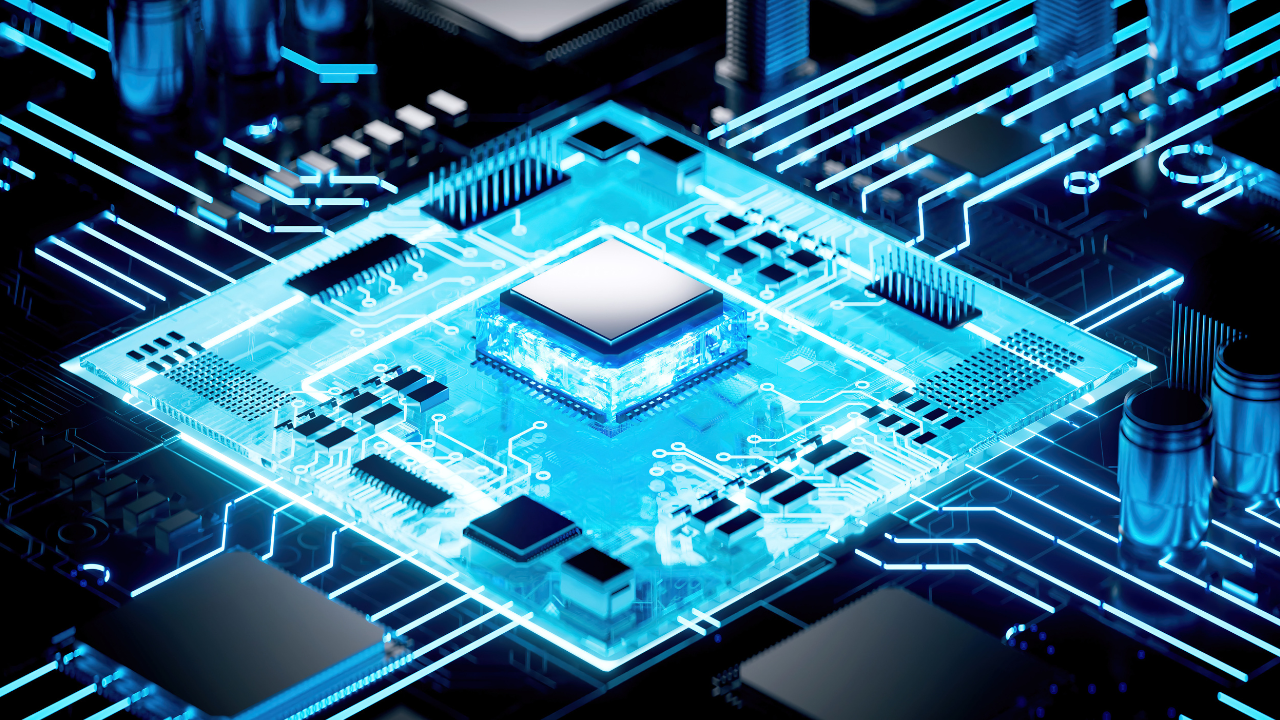 Google unveils Ironwood AI chip
Google unveils Ironwood AI chip
Google introduces Ironwood chip to accelerate AI tasks & apps
 TSMC Q1 revenue up 42%
TSMC Q1 revenue up 42%
TSMC sees 42% revenue surge in Q1, surpassing forecasts
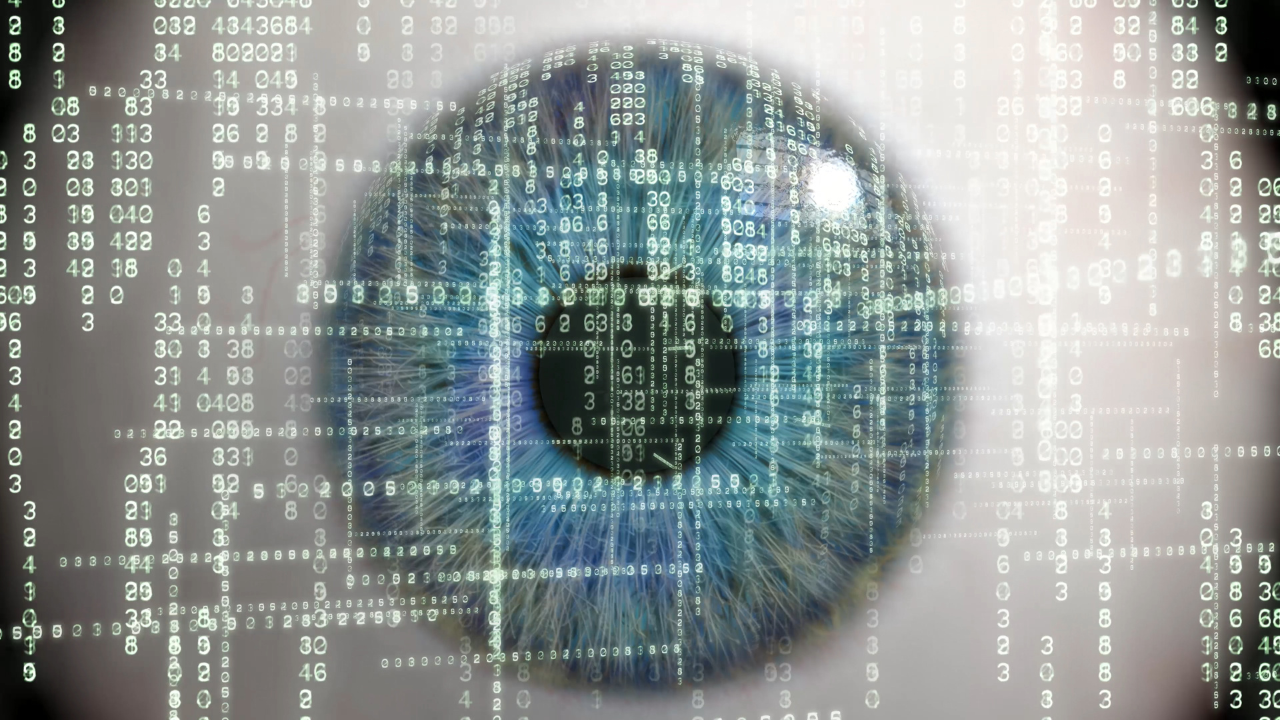 Amazon CEO Outlines AI Vision
Amazon CEO Outlines AI Vision
Amazon CEO reveals AI investment plans in new letter
 Osaka Hosts World Expo 2025
Osaka Hosts World Expo 2025
Japan blends tech and culture at Osaka Expo 2025 launch
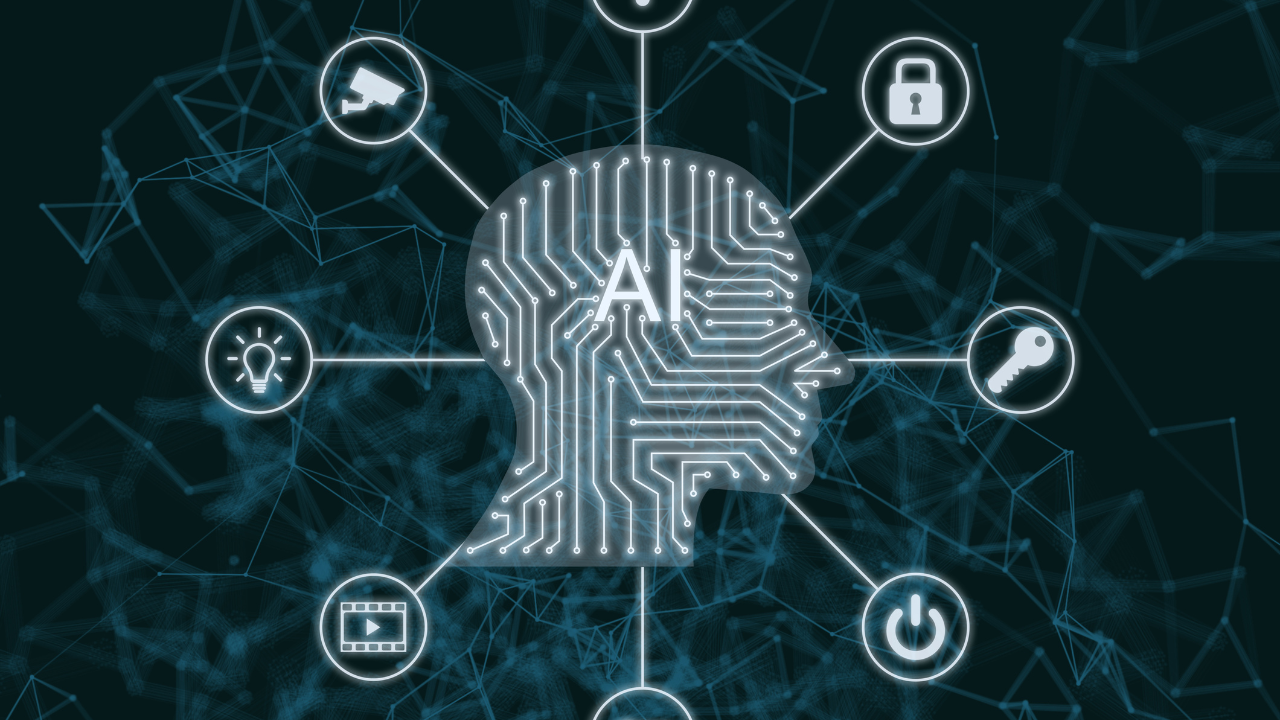 A16z Plans Big Bet on AI Startup
A16z Plans Big Bet on AI Startup
A16z may lead huge round in ex-OpenAI CTO’s new AI firm.
© MyEduGoal. All Rights Reserved. Design by markaziasolutions.com